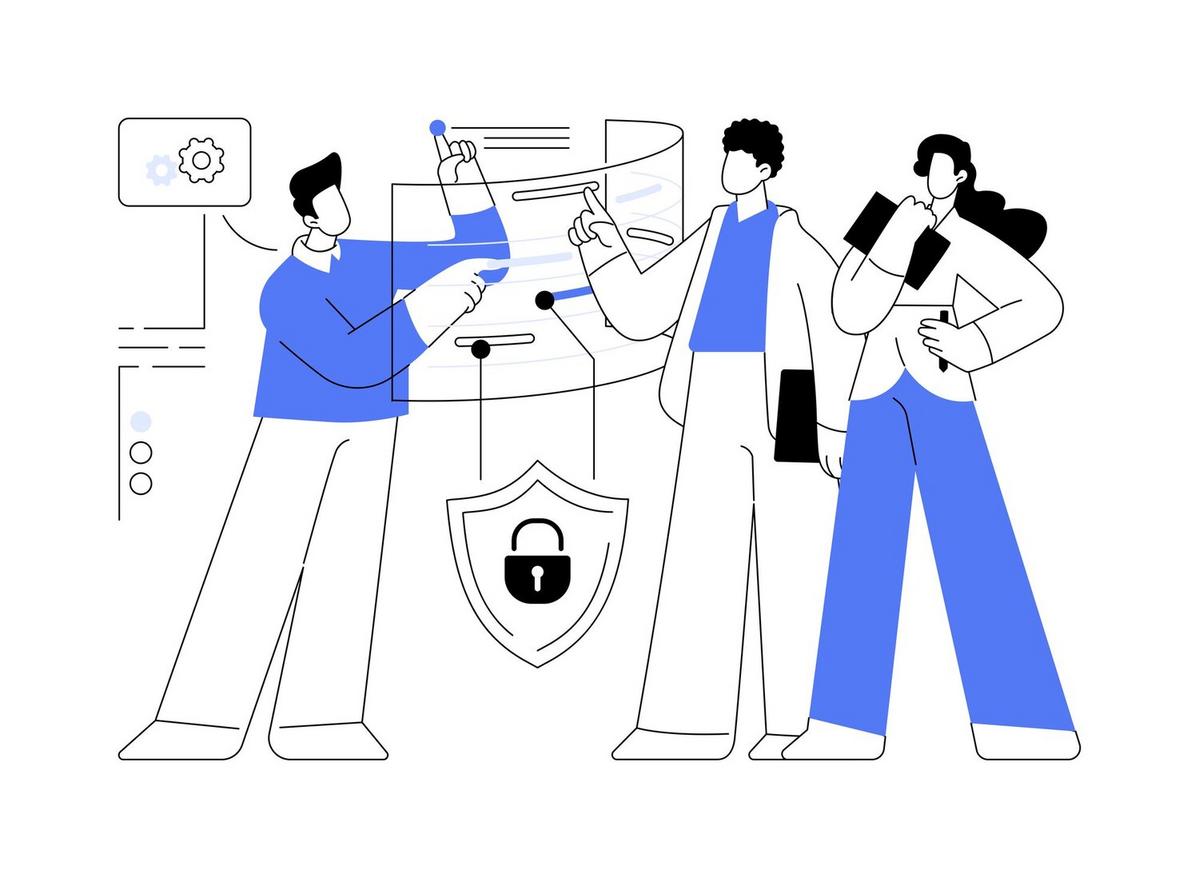
The Benefits of Hybrid Learning Models
Hybrid learning models have emerged as a transformative approach to education, seamlessly blending traditional classroom experiences with the flexibility of online learning. This innovative model not only caters to diverse learning needs but also leverages technology to enhance educational outcomes.
As educational institutions continue to adapt to evolving needs, hybrid learning models are gaining traction for their ability to offer a balanced and dynamic educational experience. This approach combines in-person teaching with online elements, providing students with the best of both worlds.
Understanding the Hybrid Learning Model
Hybrid learning, also known as blended learning, involves a combination of face-to-face instruction and online activities. This model allows students to benefit from direct interaction with educators while also accessing digital resources and learning at their own pace.
Expert Insights
According to Dr. Lisa Turner, an educational consultant, “Hybrid learning models offer the flexibility needed to address diverse student needs and learning styles. They empower students by providing choices in how they engage with the material.” This adaptability is one reason why many educators are embracing this approach.
Research and Statistics
A recent study by the Learning Policy Institute found that students in hybrid learning environments showed improved engagement and academic performance compared to those in traditional settings. The study highlighted that the flexibility and variety of learning methods contributed significantly to these outcomes.
Personal Experiences
Consider the experience of Alex, a high school student who thrived in a hybrid learning environment. Alex appreciated the ability to review recorded lectures at his convenience, while still benefiting from in-person group discussions. This flexibility helped him balance academic responsibilities with extracurricular activities.
Benefits of Hybrid Learning
- Flexibility: Students can access materials anytime, allowing for personalized pacing.
- Enhanced Engagement: Blended methods keep students interested and motivated.
- Resource Accessibility: Digital tools provide a wealth of information and learning aids.
- Improved Collaboration: Online platforms facilitate communication and collaboration among peers.
- Cost-Effectiveness: Reduces costs related to transportation and physical materials.
Actionable Tips for Success
- Utilize online resources effectively by setting a schedule for both live and recorded sessions.
- Engage actively in both in-person and online discussions to maximize learning.
- Seek feedback regularly from instructors to improve your learning strategy.
Comparison: Hybrid vs. Traditional Learning
| Aspect | Hybrid Learning | Traditional Learning |
|---|---|---|
| Flexibility | High | Low |
| Engagement | Enhanced | Variable |
| Resource Access | Extensive | Limited |
| Cost | Lower | Higher |
| Collaborative Opportunities | Many | Few |
| Self-Paced Learning | Possible | Challenging |
| Instructor Interaction | Moderate | High |
| Technology Use | Integral | Minimal |
Frequently Asked Questions
What is hybrid learning?
Hybrid learning is an educational model that blends in-person classroom experiences with online learning components.
How does hybrid learning benefit students?
It offers flexibility, personalized learning experiences, and enhanced engagement through diverse educational resources.
Are there challenges to hybrid learning?
Yes, challenges include the need for reliable technology and self-motivation from students to manage their schedules effectively.
In conclusion, hybrid learning models are reshaping the educational landscape by offering a flexible, engaging, and resource-rich environment for students. By understanding and leveraging the benefits of hybrid learning, students can enhance their educational journey and prepare for a diverse and dynamic future.


